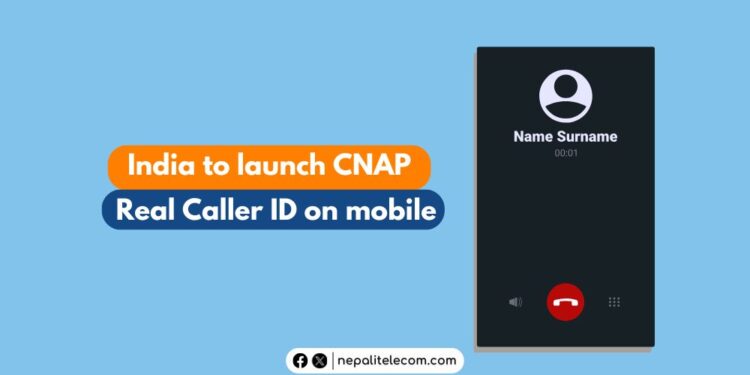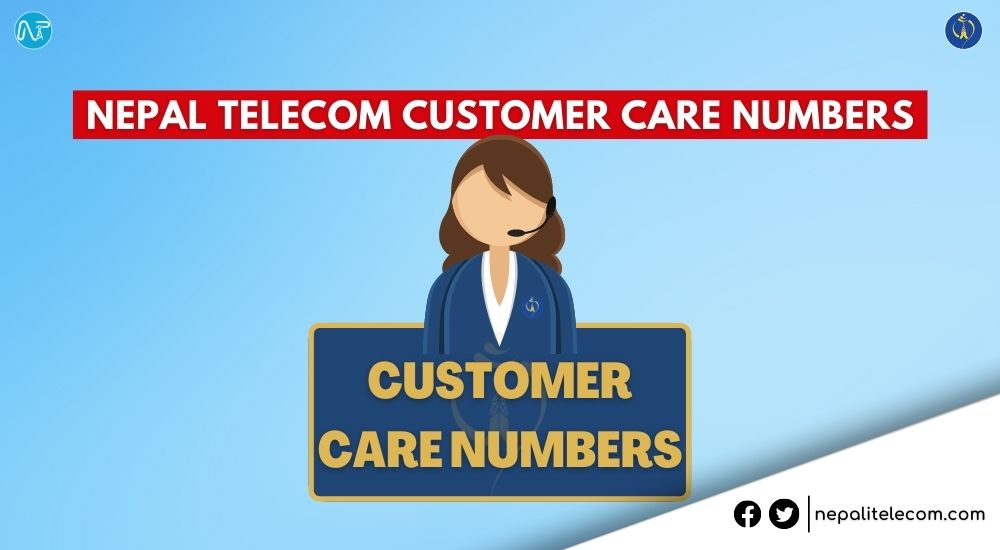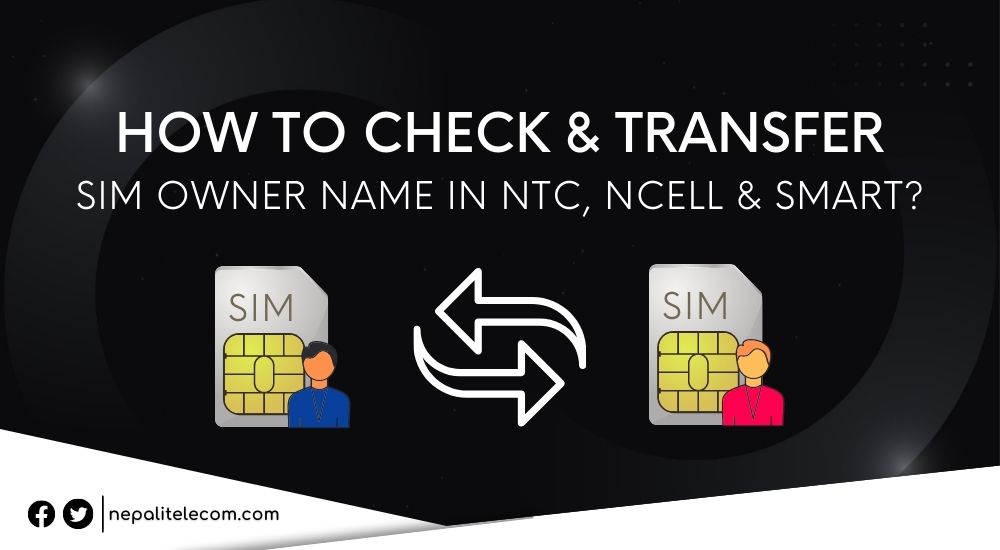- Indian mobile users will soon see the real names of the callers and not something they saved on third-party apps like Truecaller..
- The country’s Department of Communications has prepared a Calling Name Presentation (CNAP) framework, which will display the official names of the cell.
- The country’s Telecom Regulatory Authority of India (TRAI) has approved the framework..
Indian mobile users will soon see the real caller ID or names on the recipients’ phones with Calling Name Presentation (CNAP) system. The country’s Department of Communications has prepared the CNAP framework, which will display the official names of the users from the operators’ databases.
The country’s Telecom Regulatory Authority of India (TRAI) has approved the framework. The plan here is to make cellular service more transparent and convenient for users.
Table of contents
CNAP in India to show real names of the callers
The CNAP framework will push the official identity of the caller to the mobile display when a call is made. In layman’s terms, when you receive a call, you will see the real name the caller has registered with the telecom. The feature will come by default to users so there won’t be any extra steps to take. However, those not interested can contact their telecom operators if they don’t want their name to feature on the recipient’s phone.
How does CNAP work to display the real Caller ID?
The CNAP system needs operators to maintain a Calling Name (CNAM) database to show the real caller ID. The users submit their KYC details, and it is linked with the unique contact number of each customer. So, when someone makes a call, the call recipient’s operator pulls the caller’s registered details from the database and displays them on the recipient’s screen. It will work instantly. And it will work even on feature phones. DOT has piloted the system on 4G and 5G networks and found the system to be largely effective in identifying callers.
Also, no separate apps will be required for this feature. It will work by default on mobile operators’ networks. At present, telecom operators are integrating the backend.
Also: How to Reset Network Settings on Your Smartphone?
CNAP to compete with Truecaller
As of now, Truecaller is extremely popular for showing callers’ ID/name. But the difference is that the names shown by Truecaller may or may not be true, as they can be edited by users. But with CNAP, the names are pulled from the official databases where users submit their official details while updating their KYC. So, it is certainly more reliable and authentic. Eventually, the system will directly compete with Truecaller for the identification of callers on mobile phones.
Phones use Calling Line Identification (CLI) to provide caller information to the recipient. CNAP changes this by bringing names from the telcos’ database. Once launched, it could become a revolutionary new feature for the cellular industry in India.
Check out: What Is a SIM Swap Scam And How Can You Stay Safe From It?
Trial and availability
There’s no exact date mentioned for the feature’s deployment. But currently, Vodafone Idea has started the pilot in Haryana state. Soon, Jio will start its trial too. It’s said that the CNAP feature will be available on 4G and 5G phones at first and expand to other phones. The good thing is that it won’t require an internet connection.
So, the way progress is being made, it could be rolled out within a few months in 2025.
CNAP-like feature benefit for Nepal
It’s not difficult to fancy a CNAP-like system in Nepal with cooperation between Communication Ministry, NTA, and operators. A similar system here will help filter out scam/spam calls and enhance privacy and security for millions of mobile users. Don’t miss: How to identify illegal international calls and inform Ntc?
As in India, many users in Nepal also use Truecaller app for caller ID. But the CNAP framework in India is changing the game in that department. Let’s hope that Nepali authorities also bring in such a technology in the country.











